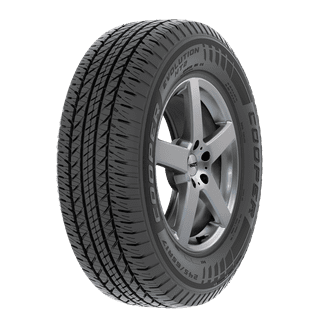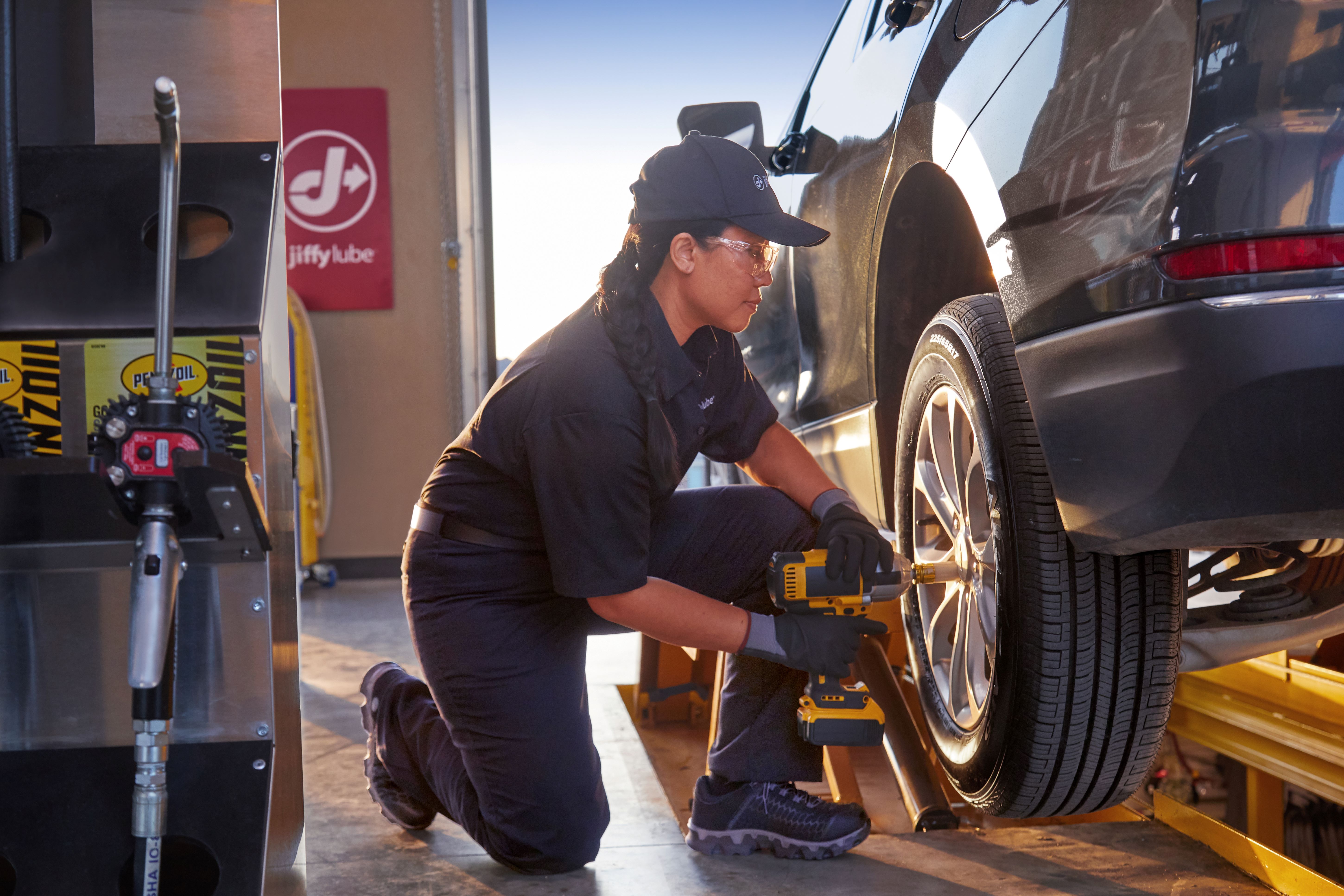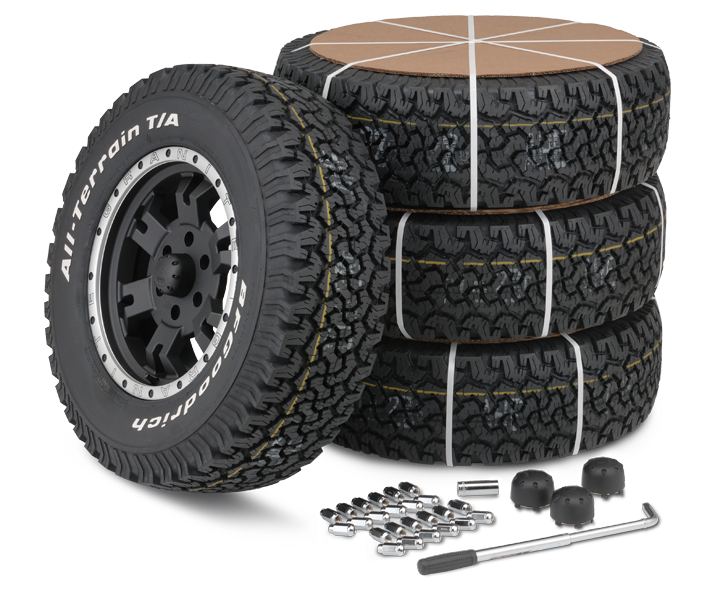Discover Exclusive Mopar Tire Service Specials in Morris Today
Discover Exclusive Mopar Tire Service Specials in Morris Today
Blog Article
Tire Solution: Understanding Tire Pressure Tracking Systems
Comprehending Tire Pressure Tracking Equipments (TPMS) is a critical facet of preserving optimum vehicle efficiency and safety and security on the roadway. With innovations in automotive innovation, TPMS has actually ended up being a typical attribute in contemporary automobiles, supplying real-time details on tire pressure degrees.

Importance of TPMS
The value of Tire Stress Tracking Solutions (TPMS) depends on their ability to improve vehicle safety and security and performance through real-time surveillance of tire stress levels. Preserving the proper tire pressure is essential for guaranteeing ideal handling, braking, and overall safety and security of a lorry. TPMS offers vehicle drivers with prompt responses on any type of overinflated or underinflated tires, enabling for timely modifications to be made.
Components of TPMS
Comprising numerous necessary components, a Tire Stress Tracking System (TPMS) works as an advanced safety feature in modern automobiles. The primary parts of a TPMS consist of sensing units, a control component, and a caution indicator. Sensors are usually located in the tire shutoff stem or affixed to the wheel assembly, where they determine tire stress and transmit information to the control component. If it identifies dramatically reduced stress in any of the tires, the control module procedures this info and triggers a warning. The warning sign, often a symbol on the dashboard, alerts the vehicle driver to inspect the damaged tire or tires. Some progressed TPMS versions additionally show the actual tire stress readings for every tire, offering motorists with real-time information to make sure optimum tire performance and safety. By monitoring tire stress constantly, TPMS aids prevent accidents, lowers tire wear, and enhances fuel effectiveness, making it a critical component for automobile security and performance.
Types of TPMS

On the other hand, indirect TPMS counts on the car's wheel speed sensing units to check tire pressure. This system spots underinflation by contrasting the rotational speeds of the wheels. Indirect TPMS is less pricey than direct TPMS, as it utilizes existing sensors within the vehicle.
While direct TPMS provides much more exact readings, indirect see this here TPMS is less complex in design and commonly calls for less upkeep. Both systems have their limitations and advantages, and the selection between them often depends upon factors such as cost, automobile make, and individual choice. Comprehending the distinctions between these two types of TPMS can help automobile owners make informed choices relating to tire upkeep and safety and security.
TPMS Maintenance Tips
Conduct routine checks on the tire pressure levels and contrast them with the TPMS analyses to ensure they are consistent. Throughout tire turning or substitute, make sure that the TPMS components are dealt with carefully to avoid any type of potential damage. If the TPMS warning light brightens on the control panel, address the problem promptly by examining the tire stress and the general system for any type of mistakes.
Benefits of Proper Tire Pressure
Preserving correct tire stress, as emphasized in TPMS Maintenance Tips, is important for reaping the various advantages connected with optimal tire pressure levels. Among the key benefits of preserving the proper tire pressure is boosted fuel efficiency. When tires are properly blown up, there is less visite site moving resistance, bring about much better fuel economic climate. Additionally, proper tire stress guarantees even tire wear, expanding the life-span of the tires and promoting safer driving conditions. With the appropriate tire stress, automobiles likewise have far better handling and grip, specifically in adverse climate condition. This can enhance overall driving efficiency and safety for the motorist and guests. Additionally, maintaining ideal tire pressure can add to a smoother and a lot more comfy ride by lowering vibrations and sound triggered by underinflated tires. To conclude, the benefits of appropriate tire pressure go beyond just tire durability; they encompass improved fuel effectiveness, improved security, much better vehicle performance, and total driving convenience.
Verdict
To conclude, comprehending tire pressure monitoring systems (TPMS) is vital for keeping optimal tire stress and making sure lorry safety. By identifying the significance of TPMS, being more info here familiar with its elements, knowing the different kinds available, adhering to correct upkeep tips, and understanding the advantages of preserving appropriate tire pressure, drivers can enhance their driving experience and extend the life-span of their tires. Appropriate tire pressure is key to risk-free and reliable automobile operation.

Report this page